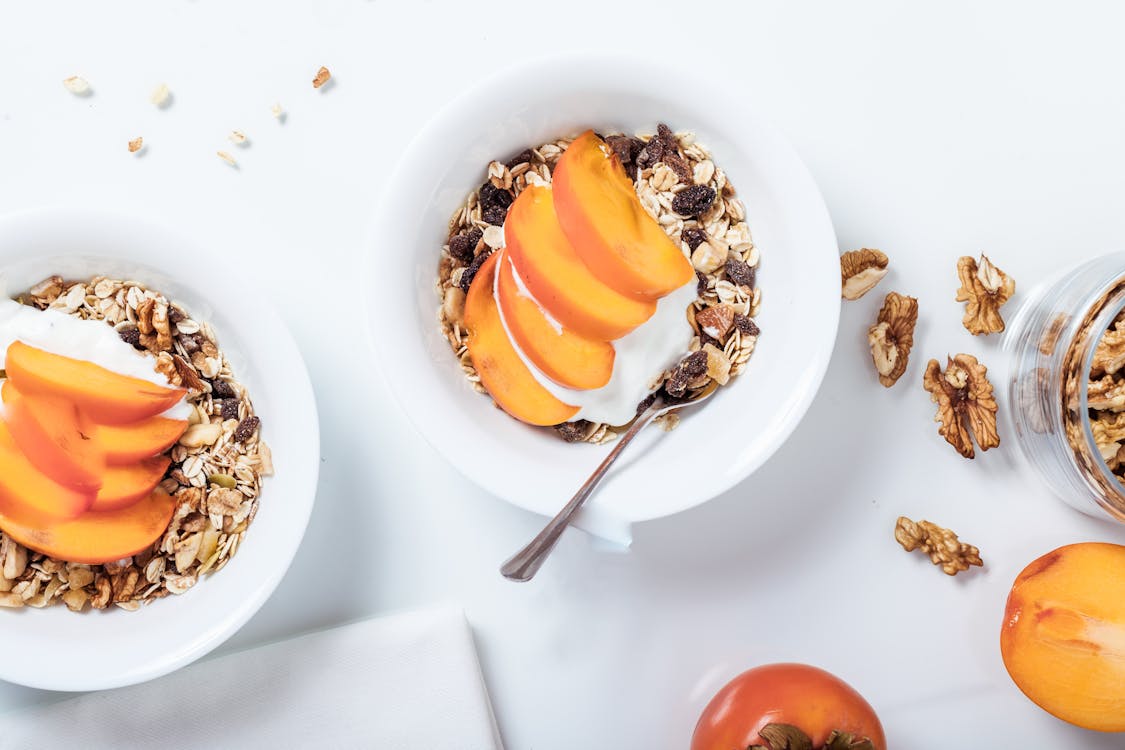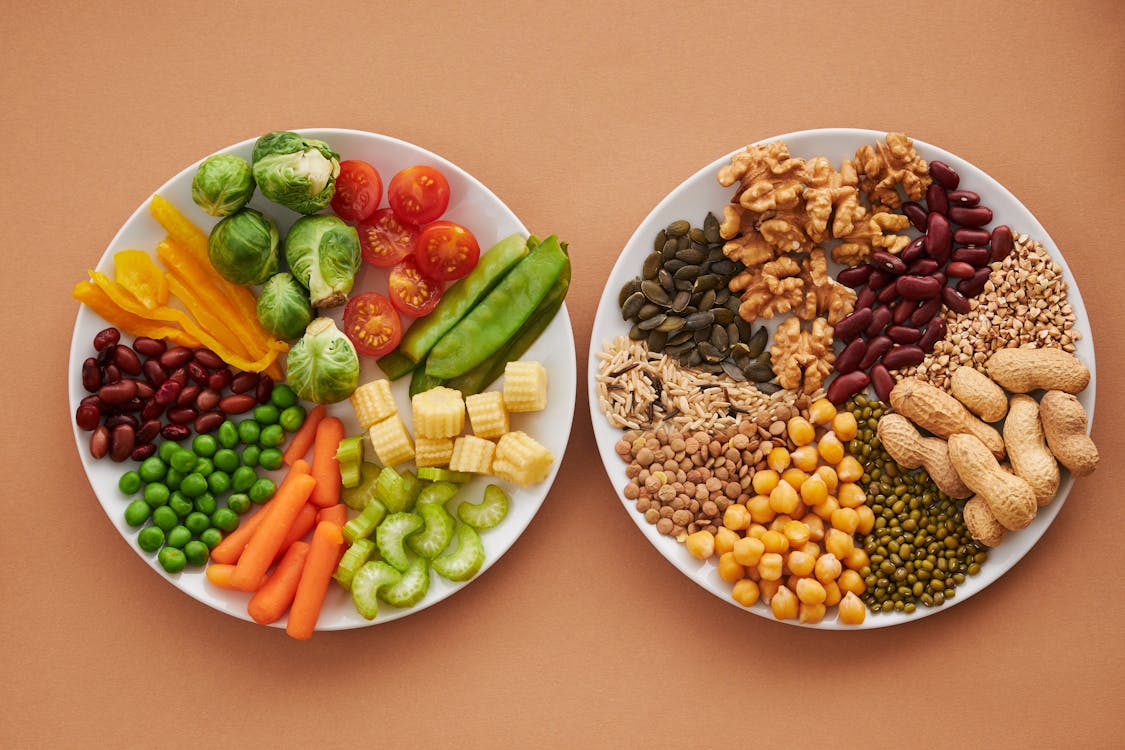1. Add More Fruits and Vegetables
Getting more fruits and vegetables into your diet is one of the most important ways to stay healthy. These foods are full of nutrients that help fight disease, boost your immune system, and reduce your risk for chronic conditions.
To get the most bang for your buck, aim to consume a range of different fruits and veggies at every meal. For example, eat sweet potatoes and carrots as well as cabbage, green peppers and citrus fruits to get all the vitamins you need to stay healthy.
Add these vegetables to soups, pasta dishes and salads to make them more nutritious. If you’re looking to sneak in some extra veggies, try grating a bit of spinach into your grilled cheese or adding chopped peppers to your morning eggs.
Healthy Eating Made Easy With the AIP Diet Food List
2. Swap Whole Grains for Refined Grains
They also have less dietary fiber, iron and B vitamins than their original whole-grain counterparts.
In addition, refined grains can spike blood sugar levels and cause weight gain.
On the other hand, whole grains provide a variety of benefits that can help reduce the risk of heart disease, diabetes and cancer. They also can aid with weight control and digestive health.
3. Add More Lean Meat
If you’re trying to keep a close eye on your weight, adding more lean meats can make your diet more nutritious. Meats contain a variety of nutrients, including iron and protein.
They also have B vitamins that are important for converting carbs into glucose, which the body needs to use for energy.
Meats can also contain other minerals, like zinc and thiamin. Zinc is essential for the immune system, while thiamin improves circulation and promotes energy.
Lean cuts of beef, pork, and poultry are a great option to add to your diet. These lower calorie meat choices are easy to cook and offer a wide range of benefits.
4. Add More Whole Grains to Your Snacks
Whole grains are a great way to add extra vitamins, minerals and fiber to your diet. They also lower your risk for heart disease and certain cancers.
Whole grain bread, cereals,, and, are all good sources of fiber pasta and can help keep you feeling fuller for longer. They are also a good source of iron, magnesium, and zinc.
When shopping for a whole grain product, look for the “whole grains” stamp from the nonprofit Whole Grains Council to ensure that it contains at least 16 grams of whole grains per serving.
Whole grains include wheat berries, oats, corn, quinoa, barley, and brown rice. All are high in fiber and contain all three essential parts of the grain kernel: bran, germ, and endosperm.
5. Add More Whole Grains to Your Meals
Aside from oats and rice, you can also try quinoa, farro, amaranth, wheat berries, and barley. They are all tasty and easy to prepare.
Experts agree that replacing refined grains with whole ones is the most important thing you can do to improve your health. They can help reduce the risk of heart disease, diabetes and certain cancers.
When it comes to bread, cereal, tortillas, and pasta, look for products labeled 100% whole grain or 100% whole wheat. Avoid dark-colored items, because they may not contain whole grains.
6. Add More Whole Grains to Your Diet
Adding more whole grains to your diet can help you feel satiated and increase your intake of fiber, which is great for weight loss. It also helps you control your blood sugar and cholesterol levels, which can lead to improved health and better overall well-being.
The American Heart Association recommends eating at least 3 ounce-equivalents of whole grains daily. You can add them to soups, stews and salads to get more nutrition into your meal plan.
The best way to find whole grain options is to read the label and look for the word “whole” and ingredients like whole wheat, barley and oats. You can also look for the Whole Grains Council’s 100% Whole Grain stamp, which guarantees that all of the grains are whole and that the product contains at least 16 grams of whole grains per serving.



